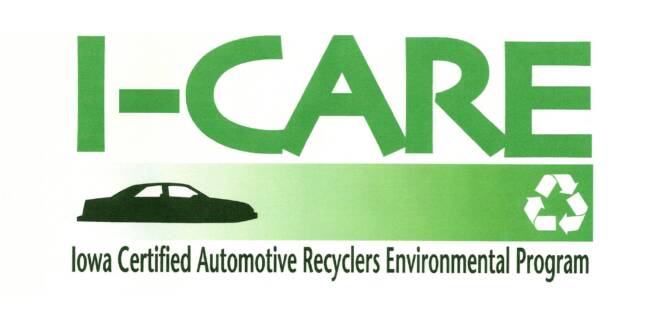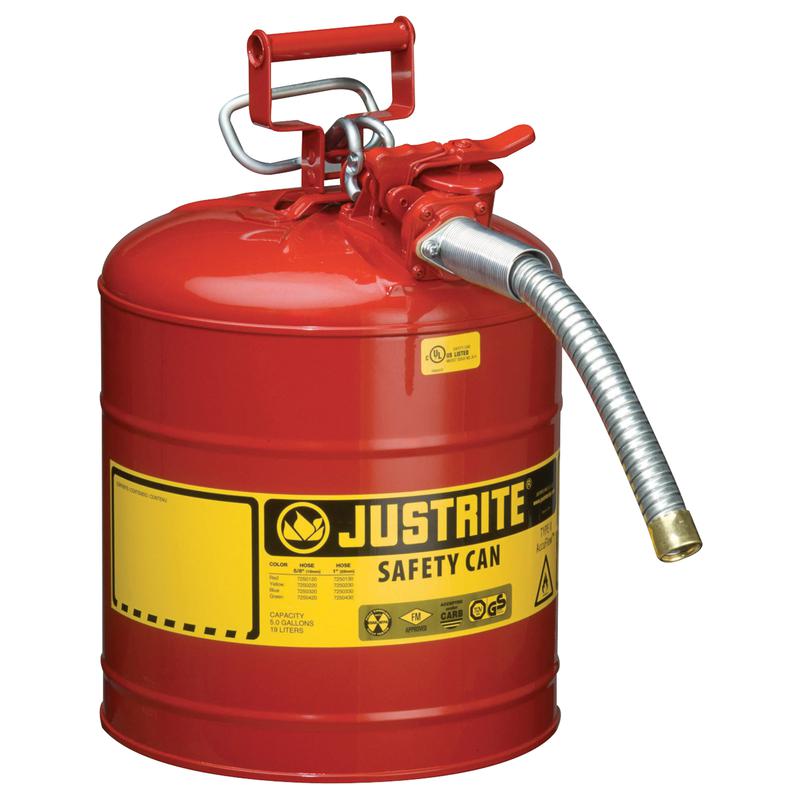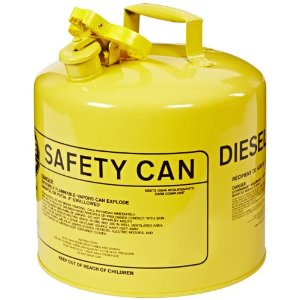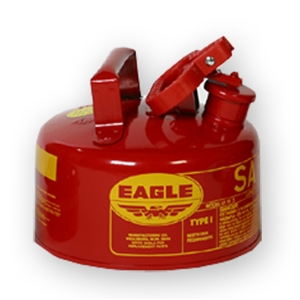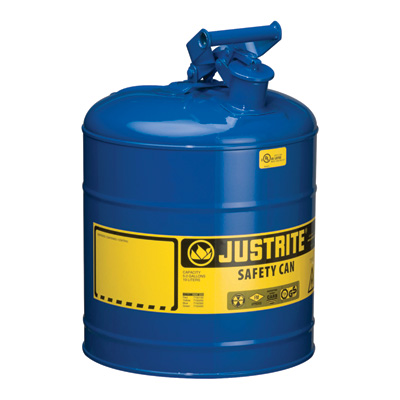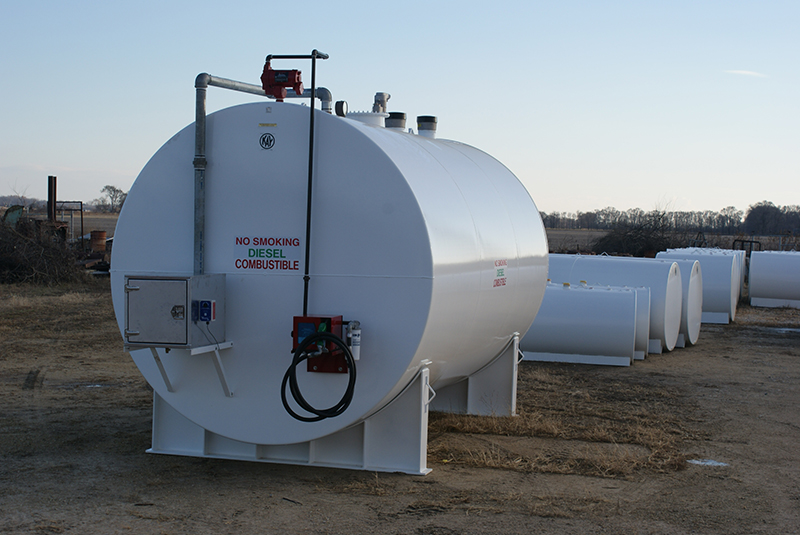MENU
Fuels
Evacuated fuel from automobiles generally does not become a waste unless it has been contaminated or has become unsuitable for use in an automobile engine due to its chemical degradation (varnished).
If the fuel is contaminated with material that can be filtered out, do so. If gasoline has become varnished, try using it in small two-cycle or four-cycle engines (for example, lawn mowers), or dilute it with clean fuel for use.
If there is no acceptable use for the fuel, it should be disposed of through an EPA-permitted hazardous waste management company that will use it to fuel industrial furnaces. Hazardous waste fuel should also be included in the facility’s hazardous waste generation inventory and maintained on-site in compliance with all applicable hazardous waste generator regulations (i.e., CESQG or SQG).
1) Manage used fuel as usable product unless is as designated as waste fuel.
Manage used fuel as usable product unless is as designated as waste fuel.
2) Manage waste fuel as a hazardous waste.
Manage waste fuel as a hazardous waste.
Usually the storage of gasoline and diesel is of more concern than whether or not it is a waste.
BULK STORAGE CONTAINERS
Secondary containment is required on bulk fuel storage tanks. That means either a double-walled
tank or a single-walled tank with a secondary containment basin must be used. Plastic TOTE are
not recommended for fuel storage. Additionally, fire prevention measures require fuel tanks to be
stored outside and away from the building (generally, 20 feet or more, in accordance to the local
fire code).
Tank sizing can be a science in and of itself. An expert can provide valuable information.
Contact Kay Tanks in Janesville, Iowa at http://www.kaytank.com/ -
You may have met them at the Summer Outing.
GAS CAN STORAGE CONTAINERS
Information provided by ARA Safety Committee:
Does your gas can meet OSHA requirements? Can you legally use that red plastic $5.00 gas can on your job site? The short answer, probably not.
OSHA Standard 29 CFR 1926.152(a)(1) states "Only approved containers and portable tanks shall be used for storage and handling of flammable and combustible liquids. Approved safety cans or Department of Transportation (DOT) approved containers shall be used for the handling and use of flammable liquids in quantities of 5 gallons or less.
What is an approved safety can or DOT gas can?
A safety can is (29 CFR 1926.155(1)) an approved, closed container, of not more than 5 gallons capacity, having a flash arresting screen, spring closing lid and spout cover and so designed that it will safely relieve internal pressure when subjected to fire exposure. (Approval is given by a nationally recognized testing laboratory, for example, Underwriters Laboratory, Inc.)
Gas cans may only display DOT approval markings when they meet stringent Department of Transportation requirements. Here is where it gets confusing, inexpensive plastic gas cans may meet EPA requirements, but they do NOT meet DOT rules, therefore there are not OSHA compliant at your salvage facility.
Use a "jerry" can for fuels storage!
FUEL



